Unlocking the Power of Botanic Gardens: Assessing Pest Pathogen Risks and Protecting Plant Health in Aotearoa New Zealand
-
Country
New Zealand -
Region
Oceania -
Programme
International Plant Sentinel Network -
Workstream
Addressing Global Challenges -
Type
Blog -
Source
BGCI
News Published: 19 December 2024
Botanic gardens are not just spaces to protect and showcase the range and beauty of plant diversity but they are also invaluable hubs for critical research, particularly in the realm of plant health monitoring and biosecurity. Recent projects undertaken by B3 (Better Border Biosecurity) researchers at Te Māra Huaota o Waipapa, the Christchurch Botanic Gardens, in Aotearoa New Zealand underline their importance in tackling biosecurity challenges, such as the risk of invasive plant pathogens like Ceratocystis species.
The Threat to Metrosideros spp.: Learning from Hawaii’s Rapid ʻŌhiʻa Death
‘Ōhi‘a lehua (Metrosideros polymorpha), is a keystone biocultural tree endemic to Hawaii that has suffered widespread mortality from two invasive plant pathogens Ceratocystis lukuohia and C. huliohia, commonly referred to as “rapid ‘ōhiʻa death or ROD. These invasive pathogens, which are spread through soil, human activity, animals, and borer beetles, have decimated ‘ōhi‘a lehua populations since their detection on Hawaiʻi Island in 2010.
For Aotearoa New Zealand, a land of stunning natural beauty, home to a unique and diverse range of plant life, and the geographic origin of Metrosideros species in the South Pacific, understanding the potential impact of ROD is crucial. To prevent a similar catastrophe to the one experienced by Hawaii, scientists from B3 has initiated a project titled “Assessing the risk of rapid ʻōhiʻa death (ROD) to New Zealand and the South Pacific”. This includes working with the USDA in Hawaii to assess the risk posed by ROD to the native Metrosideros species in Aotearoa. Particularly, the assessments in Hawaii include key species of cultural importance to Māori such as pōhutukawa (M. excelsa) and rātā (M. umbellata).
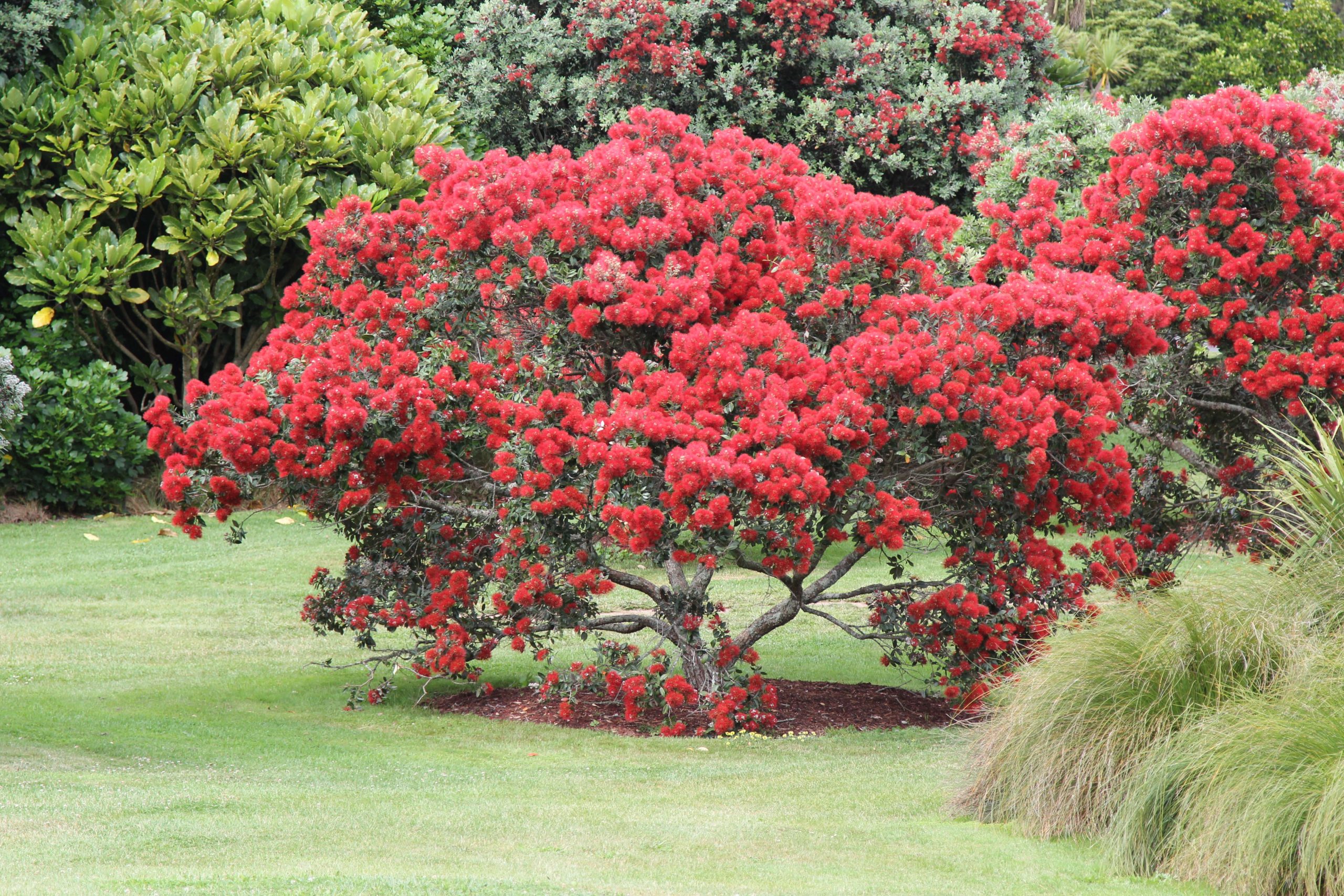
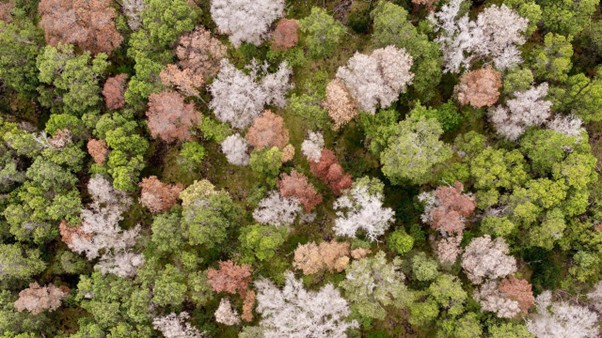
Pilot Study: Investigating Insect Vectors in Botanic Gardens
A recent pilot study conducted by Mark McNeill, a researcher with AgResearch and B3, at the Christchurch Botanic Gardens, aimed to find out what borer beetles and weevils were associated with Metrosideros species growing in the gardens, that could be potential vectors of Ceratocystis pathogens. Using flight interception traps equipped with ethanol lures, researchers monitored insect activity around pōhutukawa and rātā trees from January to April 2024. The study revealed a range of beetles across approximately 15 families, including ambrosia beetles such as Xyleborinus saxesenii, known to be vectors of the ROD fungus in Hawaii.
While this finding is concerning, it’s important to note that ROD is not present in Aotearoa, but understanding what beetles are present helps plan strategies to manage the disease if it should arrive. Further research is also needed to determine if these beetles are capable of actively transmitting any pathogens already in the country.
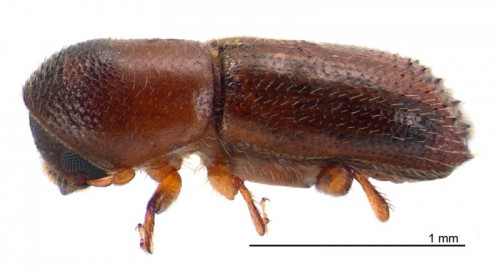
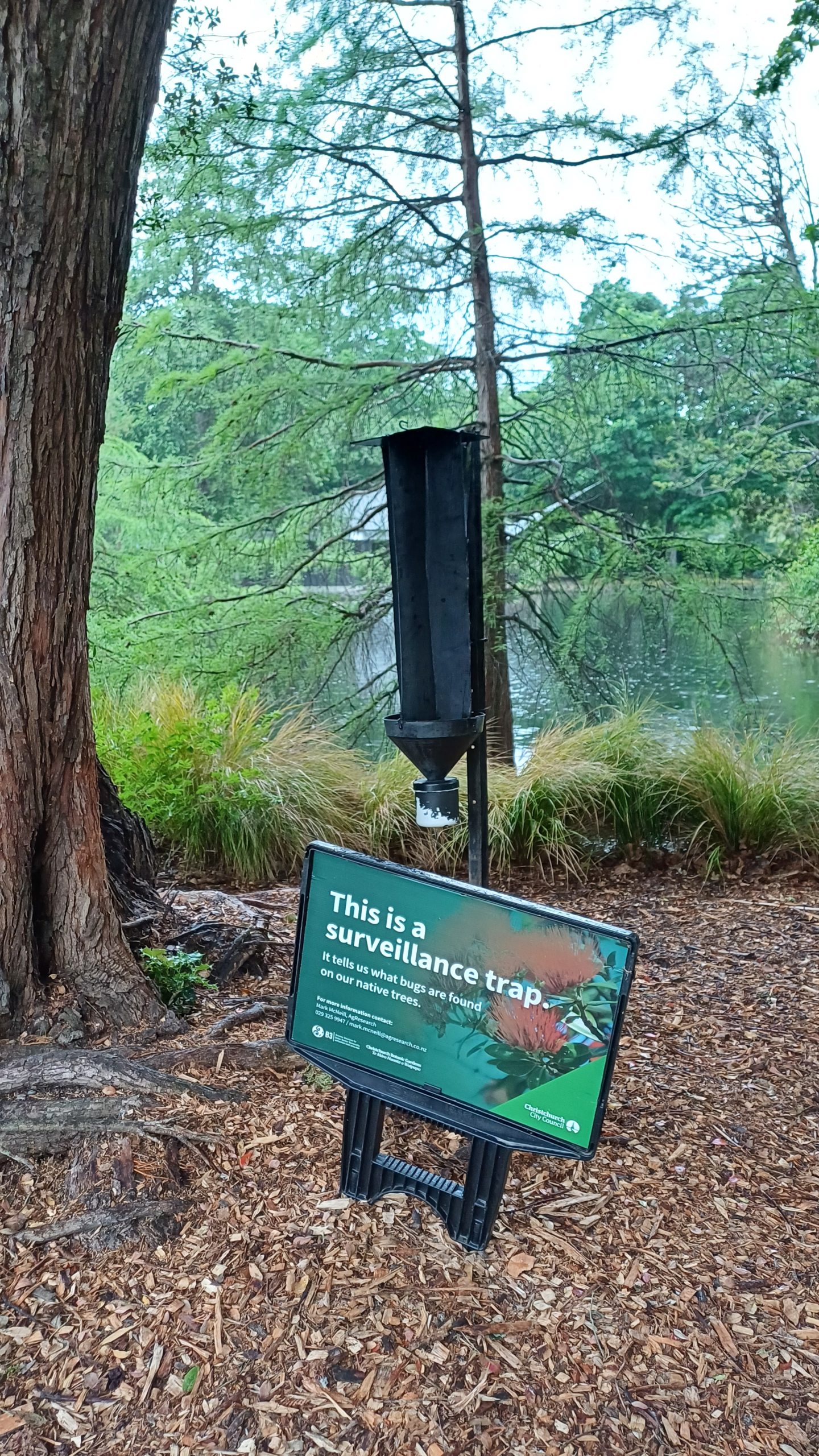
The Role of Botanic Gardens in Biosecurity
This research would not have been possible without the close collaboration between Christchurch Botanic Gardens, which facilitated trap installations and engaged visitors with educational signage, B3 and their partner Scion (forestry research institute), which provided traps and expertise in beetle identification.
Furthermore, the Christchurch Botanic Gardens have also been partaking in a UK led pilot study, which also involved several other New Zealand botanic gardens. It has been supported by the International Plant Sentinel Network (IPSN) (an initiative part of Botanic Gardens Conservation International- BGCI), FERA Science Limited, and Department of Environment, Food and Rural Affairs (DEFRA, UK). The pilot project aims at establishing a network of sentinel plants in Botanic Garden collections where surveys of UK expatriate plant species can be monitored and diagnosed to provide valuable biosecurity information for early warning while helping build the capacity of botanic garden staff to undertake this work and create useful links to share knowledge and expertise. From 2020 to 2023, students from Lincoln University supported by scientists from B3, surveyed a selection of roses (Rosa spp.), Scots pine (Pinus sylvestris), English oak (Quercus robur) and European beech (Fagus sylvatica) during the spring and summer at the Christchurch Botanic Gardens collections. The results were informative in understanding the impact of this approach for biosecurity, but also provided valuable learning opportunities for students on plant health monitoring to help protect against exotic pest and disease threats.
Notably, the study identified a previously unrecorded ladybird, Scymnus suturalis, a beneficial predator of aphids and adelgids. Further surveys revealed this species had been established for years but remained undetected due to its inconspicuous nature.
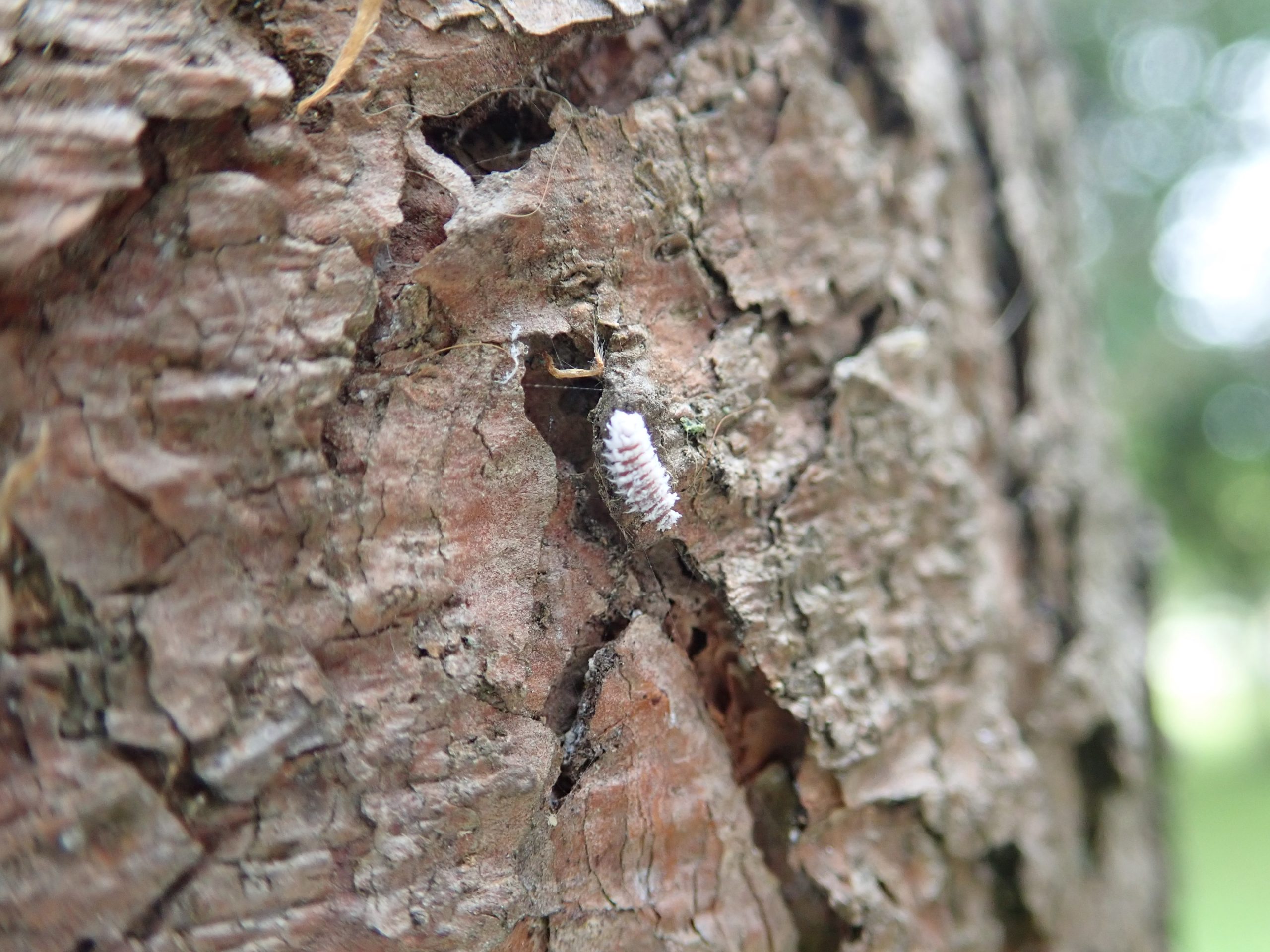
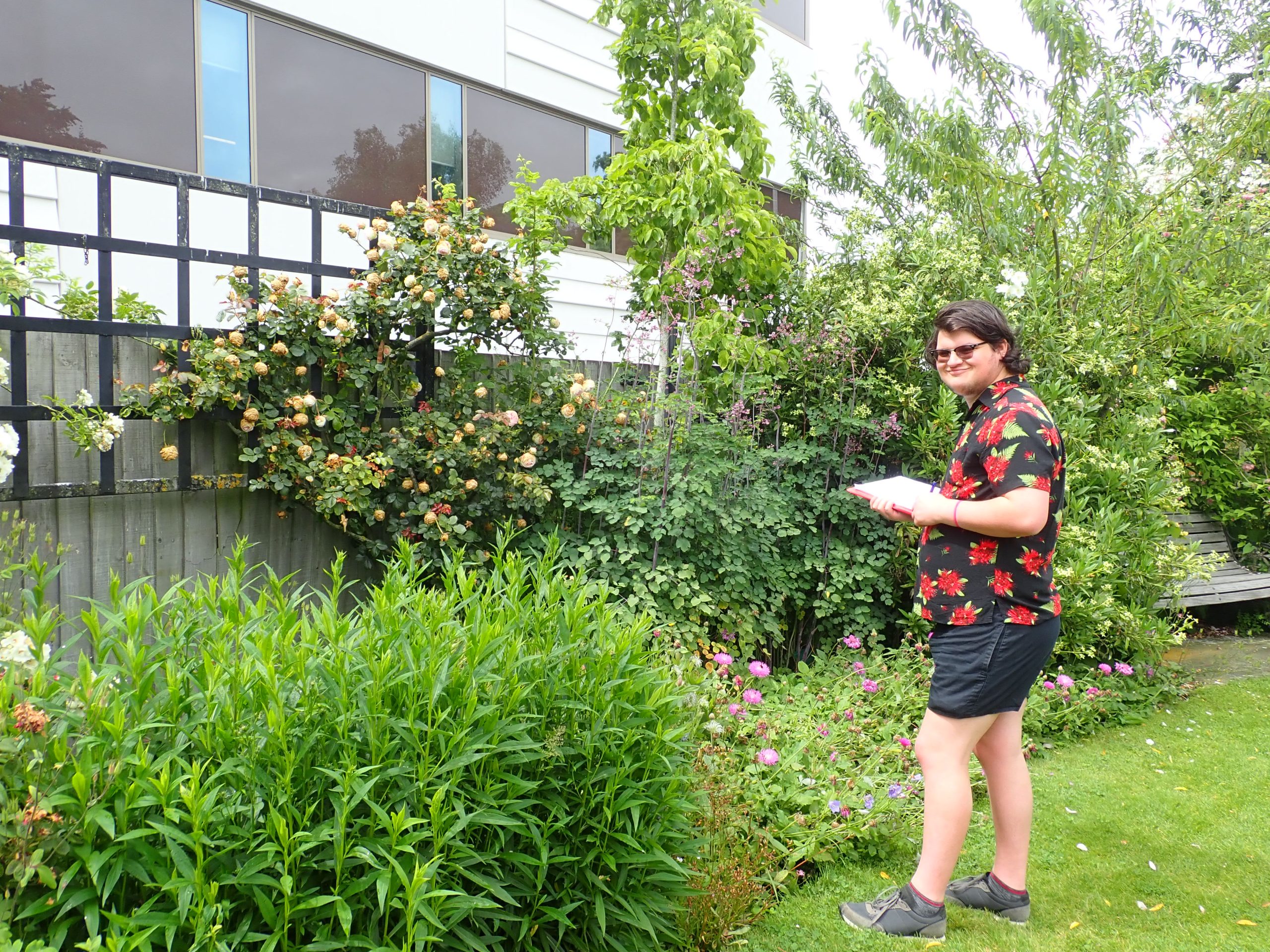
These projects underscore the critical role botanic gardens play in biosecurity. By leveraging their diverse plant collections containing native and non-native species, botanic gardens can serve as early warning systems and research platforms to combat invasive pests and diseases. They are vital in protecting native species, ecosystems, and cultural heritage in a rapidly changing world.
Collaboration: A Cornerstone of Success
As Aotearoa New Zealand continues to face increasing threats from invasive species, it is essential to invest in collaborative cross-border research and monitoring programs.
The work at Christchurch Botanic Gardens, supported by a network of local researchers and institutions such as AgResearch and B3, exemplifies how collaboration and dedication to safeguarding biodiversity is a shared responsibility—and one where botanic gardens play an indispensable role. By understanding the risks and taking proactive measures, we can help to safeguard our precious natural heritage for future generations.
For more information about these efforts and the importance of plant health monitoring, visit the Better Border Biosecurity (B3), AgResearch, Christchurch Botanic Gardens websites, as well as International Plant Sentinel Network (IPSN) website hosted by BGCI. Together, we can ensure a thriving future for plants and the ecosystems they support.
RESEARCHER PROFILE (Guest Blog Post Author)
Mark McNeill is a scientist at the New Zealand research institute AgResearch Ltd (IPSN partners) and working in partnership Christchurch Botanic Gardens (BGCI & IPSN members. With a background in entomology, Mark’s research has focused on insect biology and pest management, plant-insect-multitrophic interactions, biocontrol and plant biosecurity. Biosecurity research within Better Border Biosecurity (B3) included investigating the value of New Zealand sentinel plants grown in overseas botanic gardens and arboreta to detect exotic pests and diseases. This is within the context of ‘biosecurity over the horizon’ – identifying threats before they potentially arrive in a country. Mark has also led research to understand the biosecurity risks associated with soil arriving at New Zealand’s borders on footwear and sea freight. Current research also includes development of smart surveillance systems for detection of unwanted organisms such as insects and snails on sea containers when unloaded from ships, and finding out what exotic beetles and weevils are attacking native trees in Aotearoa New Zealand.